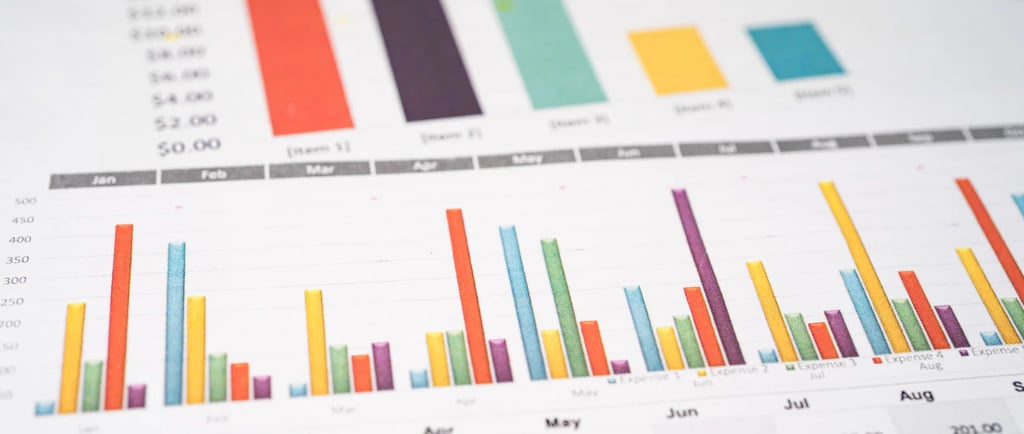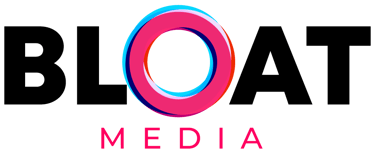Influencer Analytics: What to Track (and Why It Matters)
If you’re investing in influencer marketing, but not digging into the numbers, you’re missing half the picture. Having built and optimized influencer campaigns across industries, I can say this with confidence: analytics don’t just prove ROI—they help you improve it. Here’s a breakdown of what influencer analytics actually means, what metrics to track, and which influencer marketing platforms and tools help you make sense of it all.
4/14/20252 min read


Why Influencer Analytics Matter
Influencer analytics turn creative work into measurable growth. Without it, you’re flying blind. With it, you can:
Optimise influencer selection
Track ROI by creator, platform, or campaign
Justify spend to stakeholders
Scale what works (and cut what doesn’t)
This is where influencer marketing platforms like Grin, Upfluence, CreatorIQ, and Traackr shine. They don’t just connect you with creators—they track everything from influencer engagement to conversion rates.
Key Influencer Metrics to Track:
1. Engagement Rate
This is the baseline for understanding how connected an influencer is to their audience. It measures likes, comments, shares, and saves relative to follower count.
2. Reach & Impressions
Reach shows how many unique users saw the content. Impressions show total views (including repeats). Great for measuring brand awareness.
Ideal for macro influencers or influencer campaigns focused on exposure.
3. Click-Through Rate (CTR)
If your influencer is posting stories, links, or swipe-ups, CTR tells you how compelling their content is.
Essential for paid influencer marketing and influencer ads.
4. Conversions & Sales
Track coupon code usage, affiliate link performance, and pixel-based attribution. This is your bottom-funnel proof.
Best managed with tools like CreatorIQ, Grin influencer platform, or Shopify influencer integrations.
5. Audience Demographics
Use influencer analytics tools to break down location, age, gender, and interests of each influencer’s audience.
Helps refine influencer targeting and avoid wasted spend.
6. Content Performance
Beyond numbers—what kind of posts resonate? Video vs. static, story vs. reel, product vs. lifestyle. Look at saves, shares, and comments.
Great for planning UGC, influencer whitelisting, or paid content boosts.
7. ROI & Cost per Acquisition (CPA)
Overlay all performance data with your costs to calculate influencer ROI, CPA, and cost per engagement.
Use dashboards inside Upfluence, Tagger, or your influencer agency reporting stack.
Best Tools for Influencer Analytics
Grin Influencer Marketing Platform
Upfluence Analytics (great for ecommerce & Shopify influencer marketing)
BuzzGuru Influencer Analytics
Klear Meltwater (useful for influencer analysis and tracking)
CreatorIQ Pricing Dashboards
HypeAuditor & Influencity Pricing Tools
Tagger Influencer Marketing Software
How Influencer Agencies Use Analytics Top influencer marketing agencies rely on analytics to:
Refine their influencer discovery process
Measure campaign performance in real time
Make data-driven decisions about partnerships
Benchmark success across multiple campaigns
Whether you're working with a micro influencer agency, a tiktok influencer agency, or a full-service social media influencer agency, you should expect transparent reporting powered by real-time data.
Conclusion
Analytics are the backbone of successful influencer marketing strategy. Whether you're launching a B2B influencer program, scaling with a micro influencer platform, or testing a niche TikTok influencer campaign, you need data that tells you what's working.
With the right tools, metrics, and platforms in place, influencer marketing stops being a guessing game—and starts being a reliable growth engine.


